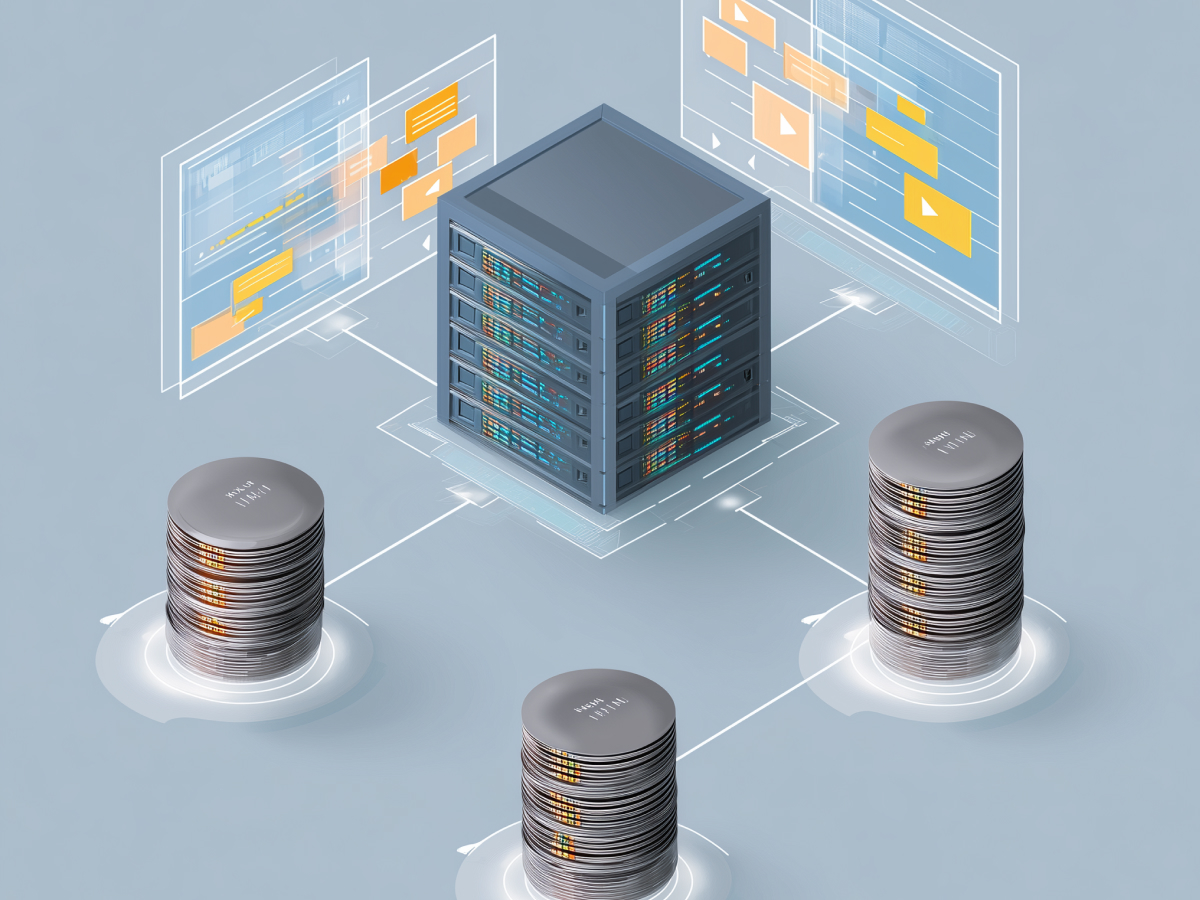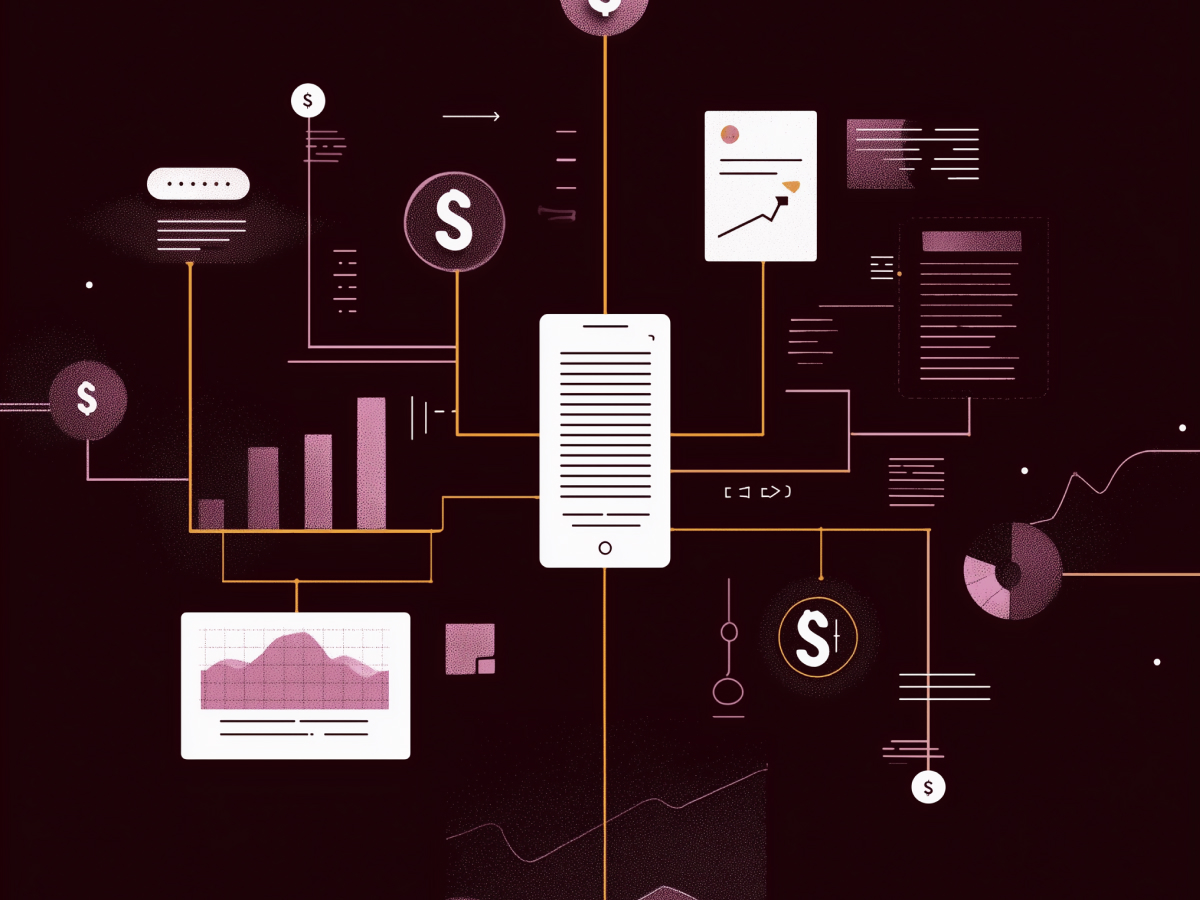Excessive choice in software development slows decisions
Software development is more complex than it used to be. That’s not because our engineers got slower or less capable, it’s because the options exploded. Programming languages, databases, frameworks, cloud infrastructure, microservice patterns, design methodologies, there are thousands of pieces to choose from, and more are added every year.
The CNCF and MAD Landscape reports have tracked the ballooning number of available technologies. If you zoom out and look at the ecosystem, it’s chaotic. Hundreds of competing tools that can each do the same thing, but in slightly different ways, with their own strengths, weaknesses, and trade-offs. To a decision-maker, it can feel like navigating a minefield. You hesitate. You overanalyze. Progress slows.
This isn’t a freedom problem, it’s a decision friction problem. More choice means more context-switching, more opinions, and more meetings that go nowhere. It’s tempting to keep looking for the better option. In reality, what most teams need is a clearly defined constraint system to move forward with confidence, not more options to second-guess.
When you’re building real things, at scale, momentum matters more than perfection. You want clarity, not clutter. If your team is drowning in comparative analysis instead of shipping products, you’re optimizing the wrong variable. Good enough and executed well beats theoretical best picked too late.
Barry Schwartz, who gave the TED Talk “The Paradox of Choice,” nailed it. An abundance of options doesn’t make us happier or better equipped. It makes us anxious, second-guess ourselves, and delay action. As leaders, recognize that speed is a competitive advantage. Define the scope and constraints, then move. Perfect comes later. Or never, and that’s fine.
Understand the weight of trade-offs in hard choices
Not every decision gives you a clear winner. Most don’t. In engineering and in business, a “hard choice” is when Option A solves one problem well while Option B solves a different one. Neither is objectively better. That’s where real leadership steps in.
These are not decisions you can outsource to a checklist or flowchart. They require value alignment, context, and trade-off thinking. One architecture might optimize for scalability, but at the cost of maintainability. Another might be easier for your team to work with now, but could hit a wall in 12 months. Which you choose depends on where you’re going, and how fast you need to get there.
Philosopher Ruth Chang has a good take here. Hard choices, she said, are between options that are “on a par.” Not better, not worse, just different in their value and impact. You get to decide what matters more. That’s why leading isn’t about having all the answers, it’s about knowing which risks you’re willing to take and which trade-offs you’re willing to make.
In this context, even a wrong decision is usually better than indecision. Senior engineers and product leads are often waiting for direction, but if you’re stuck on picking between two viable paths, you’re delaying all execution. Accept the ambiguity and commit. Velocity compounds over time. Picking one path and learning from it is how you evolve a system, or a company.
And to quote Randy Shoup, former VP of Engineering at eBay and WeWork: “There is no perfect architecture for all scale, for all phases of evolution, for all problem domains.” He’s right. Build what fits now, understand the trade-offs, and plan to adapt. Making hard calls with imperfect information is leadership in action.
Human bias makes Decision-Making less reliable than we think
People trust their own judgment too much. That’s the first problem. The second is that even experienced leaders forget how much their decisions are shaped by short-term memory limits, emotion, and fatigue. It’s been studied. The brain isn’t wired to process complex, multi-variable scenarios objectively without support.
Miller’s Law says you can keep about 7 items in your working memory. That means once you’re comparing beyond seven input variables, such as cost, performance, security, integration, usability, compliance, support risk, you’re no longer making optimal comparisons. Your brain does something else: it simplifies, consciously or not. You start weighing things based on feelings or recent interactions, not data.
Then there’s the “IKEA effect,” shown in a 2011 study. People overvalue results they’ve worked hard for, even if the outcome isn’t objectively better. That’s a dangerous blind spot in technical leadership. A team may push to keep code that’s difficult to maintain just because they put a lot of effort into writing it. Recognize that and act accordingly. Temporary attachment to old work is not a solid reason to avoid an upgrade or rewrite.
Decision fatigue is another factor. Research published in 2011, later debated but still directionally useful, found judges were more likely to approve parole early in the day. The longer the day went on, the more likely they defaulted to “no.” Your brain, under stress or after long sessions, becomes impulsive. It seeks simplicity and immediate resolution, these are exactly the conditions where big errors happen.
Dan Ariely’s TED talk also breaks this down. He demonstrated that choice architecture, the way options are presented, can completely change what people pick. So, in practical terms, the design of your internal decision processes matters as much as the decisions themselves.
Understand that you’re not exempt from these effects just because you’re smart. That’s not how biology works. If you’re in a leadership role, implement systems that challenge assumptions, slow down bias, and spread decision-making load when appropriate.
Don’t confuse solo leadership with strength, collaboration delivers better decisions
You don’t get extra credit for making hard decisions on your own. This idea that leadership means deciding everything in isolation is outdated and inefficient. The smartest leaders aren’t lone decision machines, they’re information integrators across smart teams.
When problems get complex, especially in software architecture or enterprise systems, collaboration gives you more than one perspective. That’s not just about comfort or team morale. It’s about accuracy. People spot gaps you miss. They contribute context you don’t have. And when decisions are made collectively, they scale better. Execution improves because alignment is built into the process.
Sheena Iyengar, a psycho-economist known for her research on choices, emphasized this in her talk “The Art of Choosing.” Involving others doesn’t take away from your leadership. It amplifies it. You still own the outcome, but you’re making decisions backed by reality, not just intuition or incomplete data.
In tech and product strategy, this is especially relevant. Systems aren’t built in silos, and your decisions shouldn’t be either. Loop in trusted specialists early, across engineering, product, compliance, and finance. You’ll accelerate execution and reduce internal friction over time.
Some leaders view collaboration as a sign of indecision. That’s not true. Decisiveness isn’t about making the fastest choice, it’s about making the most effective one. And usually, the best path forward is clearer when you’ve taken the time to gather informed viewpoints. Let your team challenge your thinking. It keeps systems flexible, decisions grounded, and results more predictable.
Balance exploration and exploitation to drive real progress
In systems design and product development, you’re always choosing between pushing forward with what you know works, or trying something new. This is the explore-exploit trade-off. Both have value. The real skill is knowing when to lean into each one.
If you’re operating under tight deadlines, it’s usually a mistake to pursue untested ideas. You’re better off exploiting known solutions that let you move fast, reduce complexity, and deliver predictable outcomes. These decisions reduce risk in execution, critical when time or capital is tight.
On the other hand, when your time horizon allows, exploration is essential. It’s how teams learn, spot inefficiencies, and build long-term advantage. This could mean testing a different architecture, a new service design, or a tool outside your usual stack. It increases variability, but sometimes that’s necessary to avoid stagnancy and find better leverage down the line.
This isn’t just a technical decision. It has direct business impact. Executives need to understand that teams who never explore fall behind current standards and misread future capabilities. But teams who explore too much without aligning with operational needs miss milestones and overrun budgets.
The correct move depends on the context, revenue targets, roadmap demands, burn rate, staffing, everything has to align. The framework has to stay flexible. Encourage engineers to experiment, yes, but only if the timing and business situation support it. Otherwise, double down on the systems you trust, ship product, and keep moving.
Stop over-deliberating, imperfect action outperforms perfect inaction
There’s a tendency among leaders to delay decisions until every detail is sorted. It feels safe. But in environments defined by speed and complexity, spending too long on any single decision carries high opportunity costs. The endless search for the “right” answer burns time and introduces delays that hurt momentum across entire teams.
Sometimes, a fast and “good enough” answer delivers better long-term results than a delayed perfect one. You act, gather data, make adjustments. This loop is faster, more responsive, and more in sync with how real systems evolve. Deliberation is valuable, but only up to a point. After that, it becomes an excuse for inaction.
The 2003 overhaul of the Linux process scheduler is a solid technical example. The older design was extremely deliberate, it ranked each process independently. It worked, but it was slow. The upgrade simplified the approach: constant time execution, lower precision, higher throughput. The result was a faster system. Not because it was more refined, because it did the job with less hesitation.
That principle scales. Whether you’re updating infrastructure, changing vendors, or rolling out a new product feature, if your team is stuck in delayed analysis, you’re wasting real momentum. Resources are static during indecision, but your competitors, market, and customers are not.
The job of a decision-maker is to reduce uncertainty, not eliminate it. When you hit 70–80% confidence with the available data, it’s usually time to make the call. You won’t remove risk by waiting, but you will lose time. That’s the bigger cost.
Clear boundaries and verified assumptions prevent costly mistakes
Before you approve any plan, make sure the assumptions behind it are real. Too many decisions go forward based on unchecked thinking, vague constraints, outdated inputs, or poorly communicated requirements. These errors compound. You don’t notice them at first, but they show up later as rework, delay, and higher burn.
This is a leadership problem. If you’re not questioning the inputs feeding into key decisions, you’re leaving room for logical errors. In software systems, this plays out in everything from flawed cost projections to integration failures. Teams start off confident, then pivot when they realize a basic constraint wasn’t clarified.
A clear case of what happens when boundaries aren’t aligned is NASA’s Mars Climate Orbiter failure in 1999. A $125 million probe was lost because one team used metric units and another used imperial. The data looked fine, until it didn’t. It was an avoidable miscommunication.
The point here isn’t to micromanage. It’s to make sure you’ve got shared understanding: on priorities, on constraints, on what matters and what doesn’t. Push your team to specify what’s required versus optional. Push yourself to understand where the pressure points really are, technical, financial, or regulatory.
This doesn’t just reduce failure, it improves velocity. When the team agrees on boundaries, decisions move faster. You’re cutting out ambiguity before it becomes noise. That clarity scales across engineering, product, and business operations. Get it locked in early.
Imperfect choices are normal, continuous improvement matters more
There’s a tendency in high-stakes environments to think every architectural or platform decision has to be final. It doesn’t. Treating decisions as fixed and perfect leads to rigid systems and hesitant engineering cultures. In reality, most decisions, especially technical ones, are just points in time. They can, and often should, evolve.
The best leaders don’t chase precision at the cost of adaptability. They understand that every choice today is a trade-off. What matters is whether you’re creating a system that you can improve as you learn more. Some degree of technical debt is inevitable. It’s not a failure. It’s a sign that your platform or product is growing in complexity and maturity.
Randy Shoup, formerly VP of Engineering at eBay and WeWork, put it clearly in his 2022 GOTO talk: “There is no perfect architecture for all scale, for all phases of evolution, for all problem domains.” He’s right. Anything built today will eventually need to be reevaluated or refactored. That doesn’t mean the initial decision was wrong. It means time passed, the system changed, and improvement was necessary.
From a leadership standpoint, don’t wait for perfect alignment to make moves. Ship, monitor, learn, and adjust. Build processes with review cycles, feedback loops, and engineering bandwidth to revisit key systems at the right time. That’s how you maintain momentum without ignoring quality.
Most important: create space for your teams to evolve decisions without fear. If acting today is penalized by scrutiny tomorrow, they’ll stall. Set expectations for change as part of the process. It leads to faster execution, smarter strategies, and systems that keep improving no matter how complex they get.
The bottom line
Leadership isn’t about finding perfect answers. It’s about making clear calls when the data’s incomplete, the trade-offs are real, and the stakes are high. In modern software environments, complexity is the baseline. Trying to solve for certainty in every decision just slows you down.
The best leaders build systems that move, then learn fast and adjust. They create space for smart collaboration, challenge assumptions early, and know when good enough is good enough. They don’t chase flawless plans. They focus on direction, momentum, and execution.
You won’t always get it right. That’s not the expectation. What matters is building a culture where decisions lead to action, and action feeds learning. That approach doesn’t just scale tech, it scales leadership.





